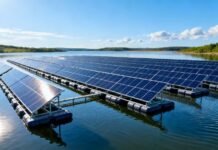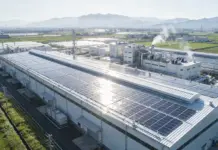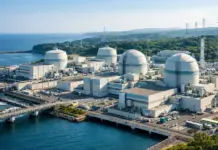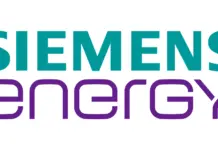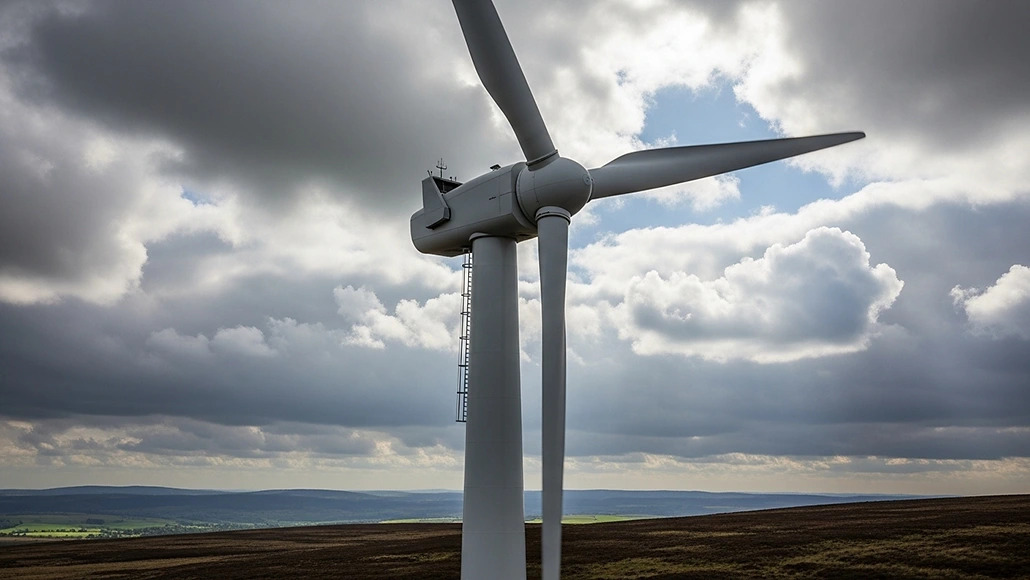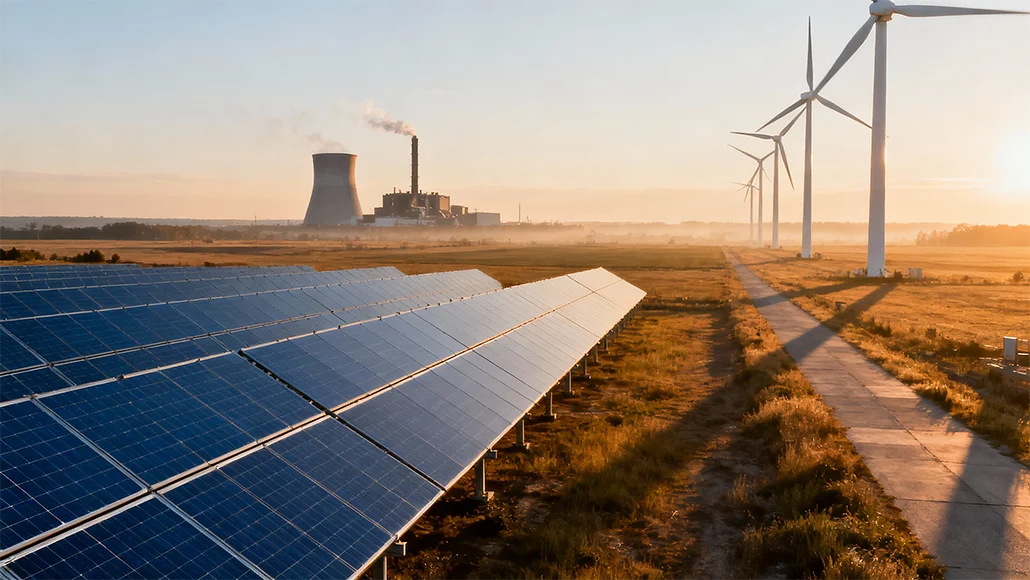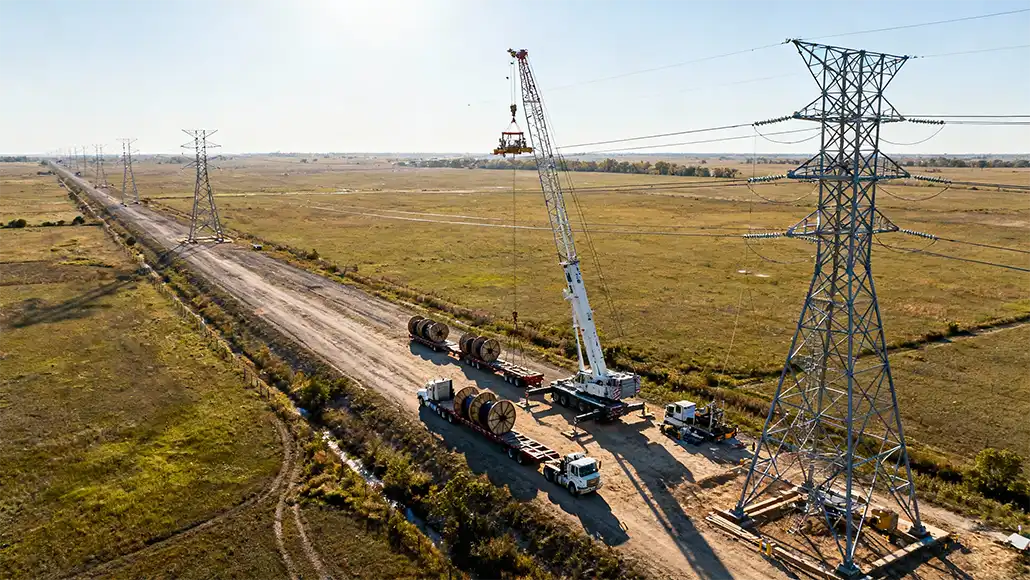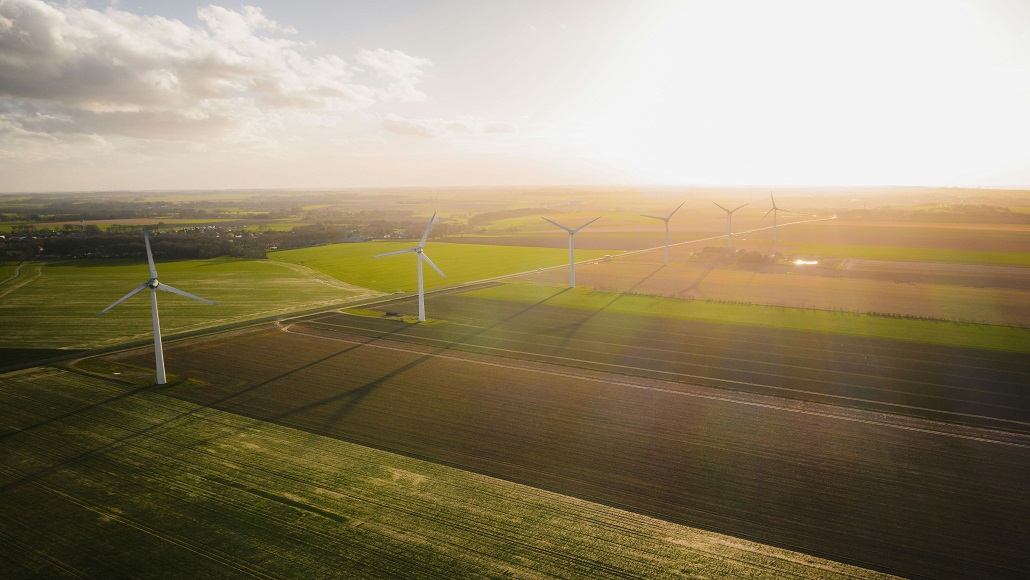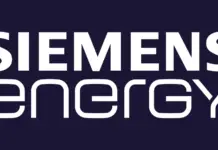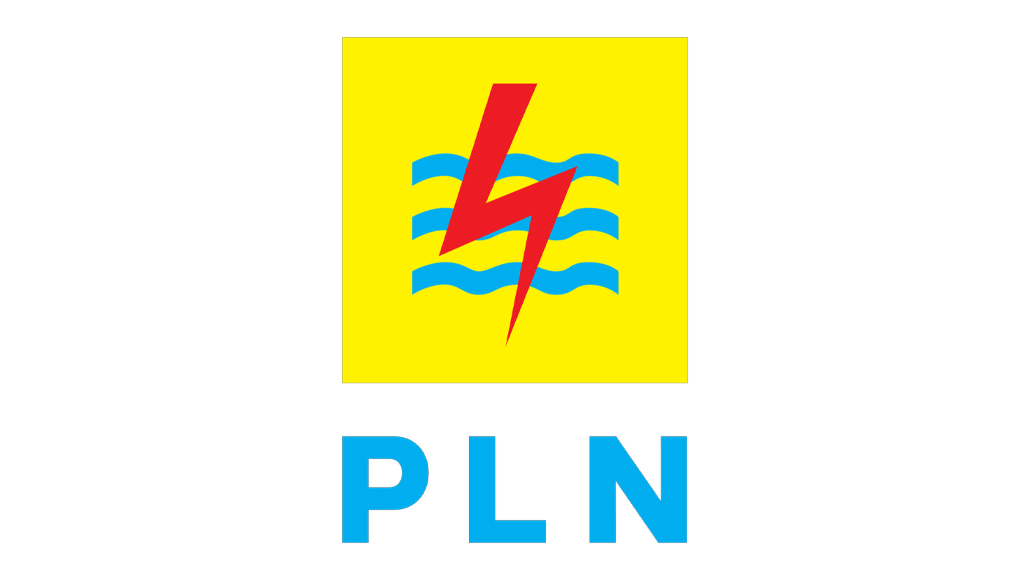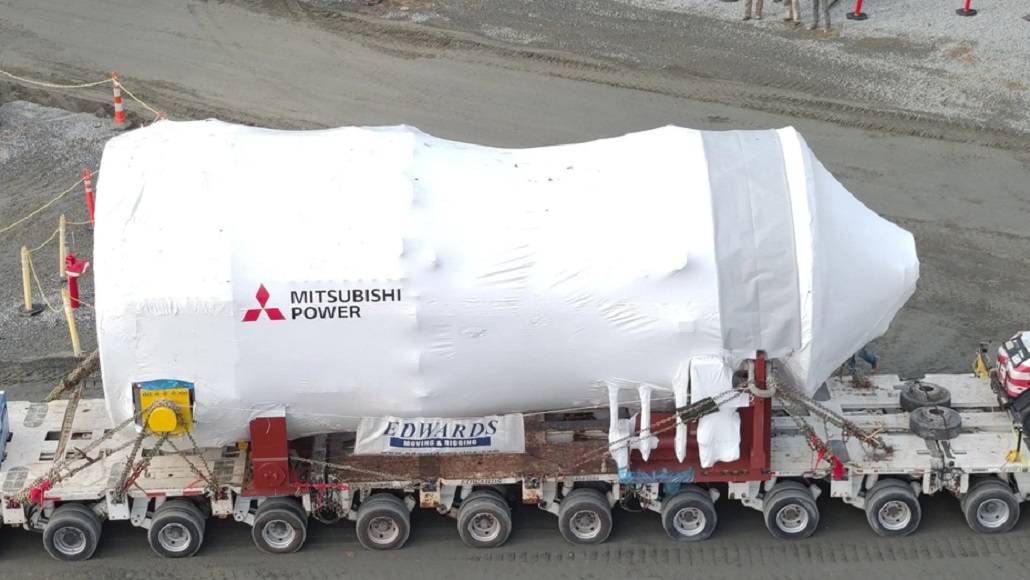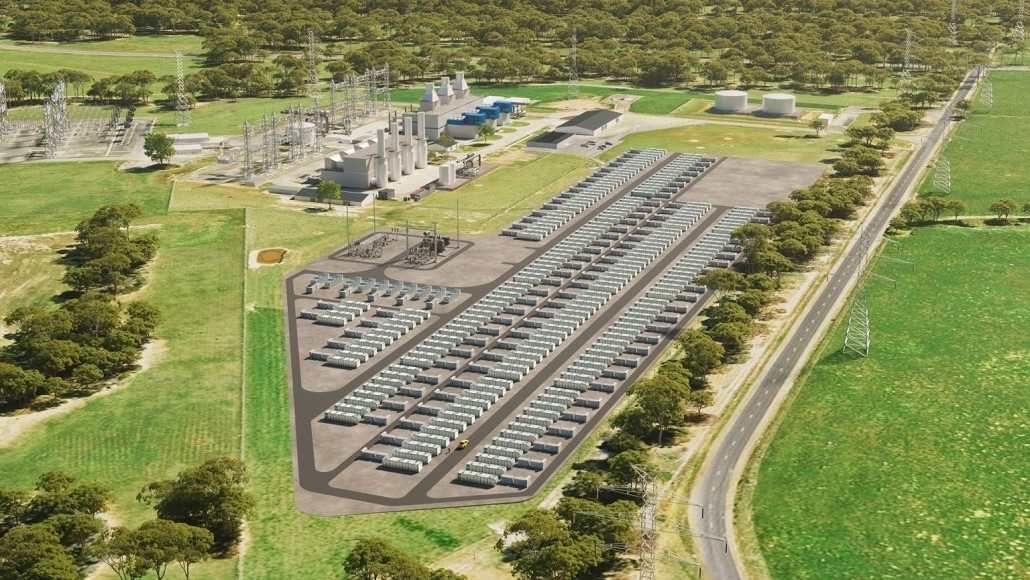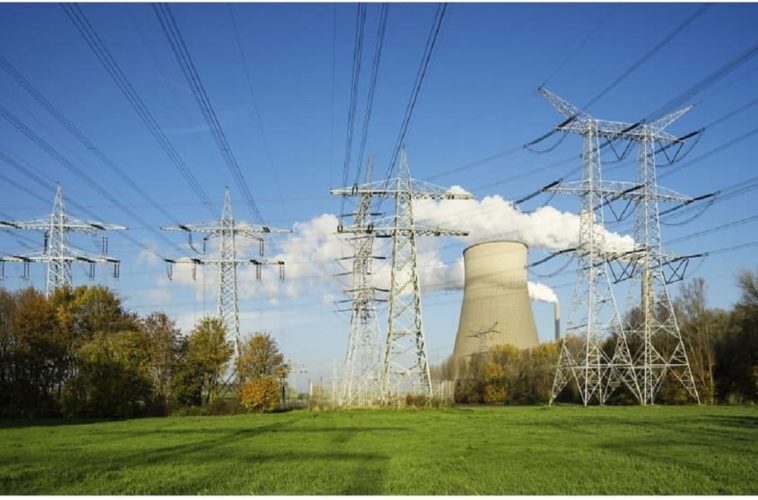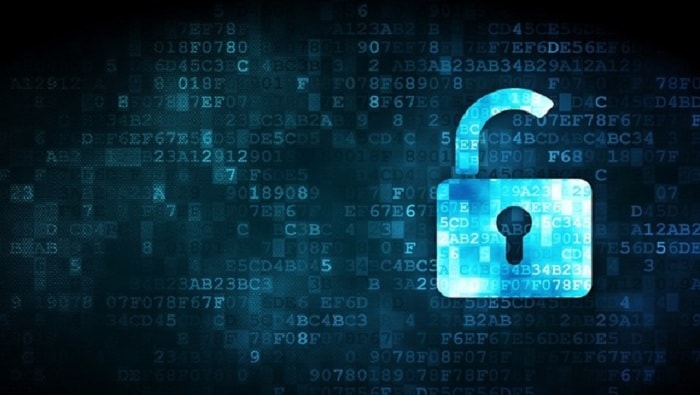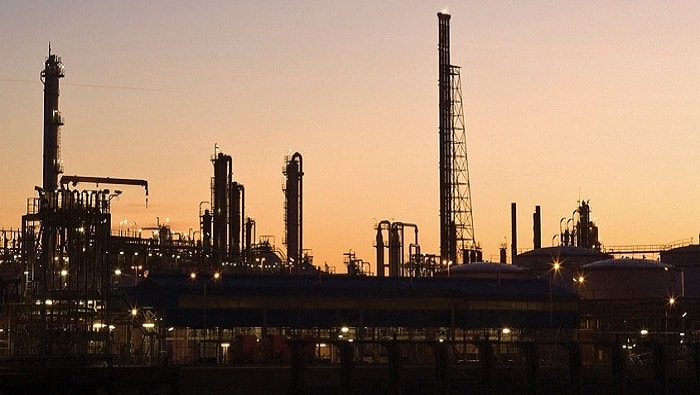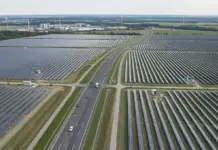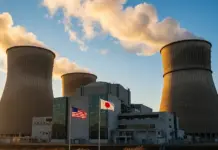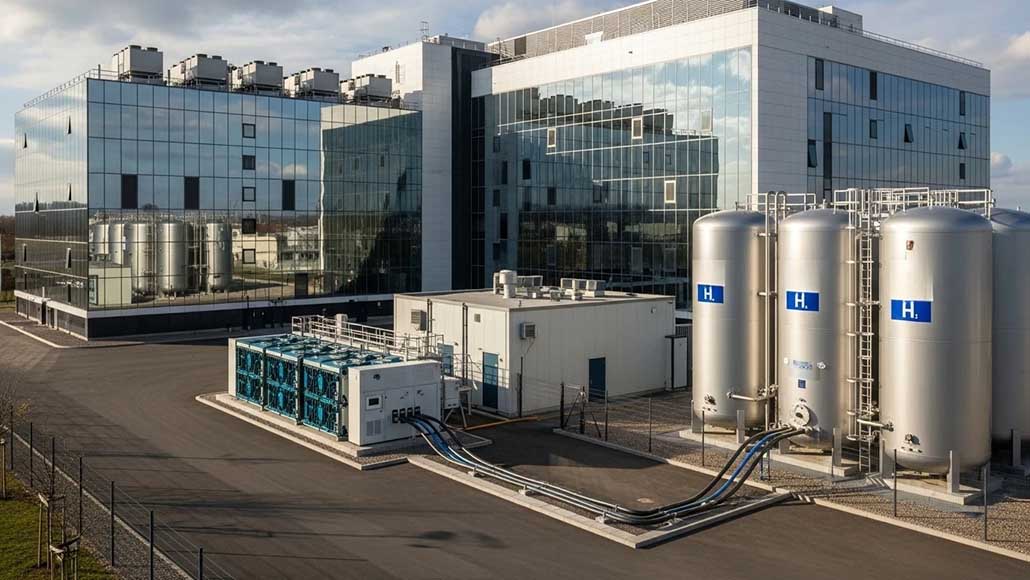Honda Motor Co., Ltd. (Honda) has started a demonstration project jointly with Tokuyama Corporation (Tokuyama) and Mitsubishi Corporation (MC), to operate a data center using by-product hydrogen and a stationary fuel cell (FC) power station designed to reuse FC systems from fuel cell electric vehicles (FCEVs). The companies today held an opening ceremony at the demonstration site located in Shunan City, Yamaguchi Prefecture, Japan.
Since June 2023, when the New Energy and Industrial Technology Development Organization (NEDO) proposed this project and approved it as one of the “Development of Technologies for Realizing a Hydrogen Society / Development of Technologies for Regional Hydrogen Utilization” projects, the three companies have been talking about and getting ready for the launch of the demonstration project.
Honda built a stationary FC power station for this demonstration project based on the idea of reusing fuel cells from FCEVs. The station uses by-product hydrogen from Tokuyama’s saltwater electrolysis business to make electricity and send it to a distributed data center run by MC. The demonstration site is in Shunan City, Yamaguchi Prefecture, Japan.
This demonstration project will help the three companies figure out if they can use automotive FC systems for stationary FC power stations, and verify the possibility of contributing to 1) a reduction in the economic burden on customers who will install and operate stationary FC power stations and 2) the decarbonization of electric power, through effective use of FC systems, which are expected to see broader adoption in the future.
As technologies that need to analyze a lot of data, like generative AI and self-driving cars, become better, the need for electricity in data centers will grow even more over time. The three companies will work to help the “green transformation” (GX) of data centers and the “digital transformation” (DX) of cities and small businesses by using 1) by-product hydrogen, which can be produced and supplied stably with low carbon emissions, and 2) FCs that are designed to be reused to supply electricity to distributed data centers.
In this demonstration, electricity from several sources will be combined to test the best and most efficient power setup for different ways of using it. These sources include 1) a stationary FC power station that uses by-product hydrogen, 2) the power grid, 3) stationary batteries (BESS*¹), and 4) renewable energy sources.
These unique patterns of how stationary FC power stations might be used in different situations will be shown by switching between them using an Energy Management System (EMS):
1) Use as a backup source of electricity
2) Use it as your main power source while you’re not connected to the grid.
3) Use to cut down on peak power use on the grid
4) Use for balancing supply and demand on the grid, such as sending power back to the system.
This demonstration project will look at a broad variety of possible uses for stationary FC power stations, as well as check their feasibility and financial viability.



